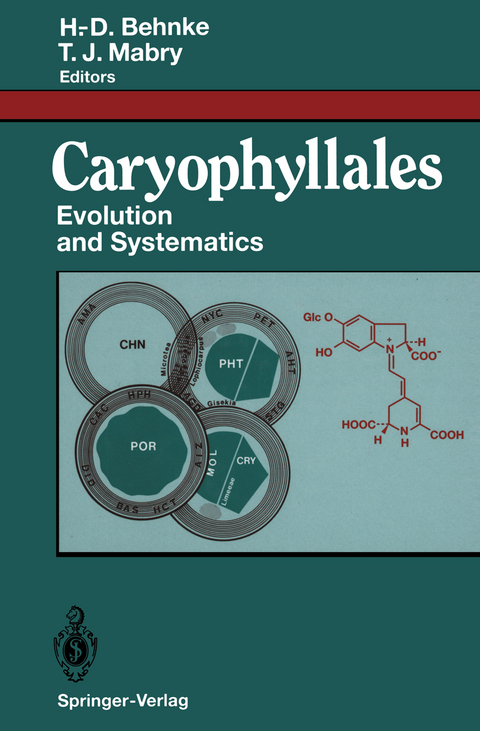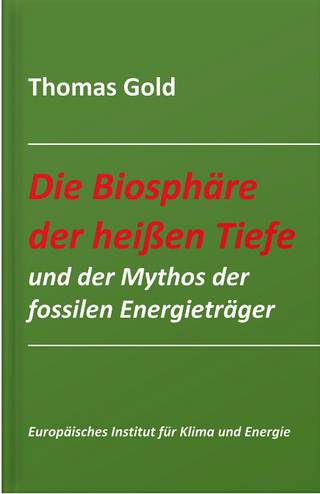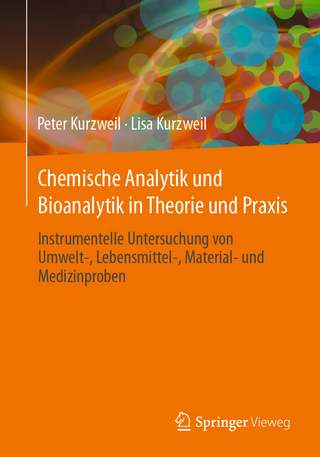
Caryophyllales
Springer Berlin (Verlag)
978-3-642-78222-0 (ISBN)
Dedication to Arthur Cronquist.- 1 Nomenclatural and Taxonomic History.- 1.1 Introduction.- 1.2 Early History.- 1.3 Refinement of the Definition from Alexander Braun (1864) to the Present.- 1.4 Use of Characters Other Than Classical Morphology in Defining the Order.- 1.5 Inclusion or Exclusion of some Particular Families.- 1.6 Recent Developments.- References.- 2 Chromosome Numbers and Their Phyletic Interpretation.- 2.1 Introduction.- 2.2 Chromosome Numbers of Caryophyllales.- 2.3 Discussion and Conclusions.- References.- 3 Vascular Tissues.- 3.1 Introduction.- 3.2 Materials and Methods.- 3.3 Primary Vascular Systems.- 3.4 Secondary Thickening.- 3.5 Extraxylary Sclerenchyma of Stems.- 3.6 Phylogenetic Analysis.- References.- 4 Epicutieular Wax Ultrastructure and Systematics.- 4.1 Introduction.- 4.2 Wax Ultrastructure of Caryophyllales.- 4.3 Relations Within the Order.- 4.4 Wax Ultrastructure and Position of the Order.- References.- 5 Sieve-Element Plastids: Their Significance for the Evolution and Systematics of the Order.- 5.1 Introduction.- 5.2 The Sieve-Element Plastid Characters.- 5.3 The Distinctive Characters of Sieve-Element Plastids in the Caryophyllales.- 5.4 The Distribution of Forms and Sizes of Sieve-Element Plastids in the Higher Taxa of the Caryophyllales.- 5.5 The Sieve-Element Plastids of the Families Sometimes Included in or Most Often Allied to the Caryophyllales.- 5.6 The Putative Evolution of the Sieve-Element Plastids in the Caryophyllales.- 5.7 Relationships of the Order Caryophyllales.- 5.8 Addendum: On Phytoferritin in Plastids of Phloem Cells.- References.- 6 Flower Morphology and Ontogeny.- 6.1 Introduction.- 6.2 Results.- 6.3 Conclusions.- References.- 7 Pollen Morphology and Exine Ultrastructure.- 7.1 Introduction.- 7.2 Materials and Methods.- 7.3 Results.- 7.4 Discussion.- 7.5 Summary.- References.- 8 Phylogenetic Relationships Using Restriction Site Variation of the Chloroplast DNA Inverted Repeat.- 8.1 Introduction.- 8.2 Materials and Methods.- 8.3 Results and Discussion.- 8.4 Conclusions.- References.- 9 Gene Sequence Data.- 9.1 Introduction.- 9.2 Materials and Methods.- 9.3 Results and Discussion.- 9.4 Conclusions.- References.- 10 Chemical Review and Evolutionary Significance of the Betalains.- 10.1 Introduction.- 10.2 Biogenesis of Betalains.- 10.3 Evolutionary Significance of Betalains.- 10.4 Value of Chemotaxonomic Data in Studies of the Caryophyllales.- 10.5 Current and Future Studies.- References.- 11 Recent Advances in Betalain Analysis.- 11.1 Introduction.- 11.2 General Procedures.- 11.3 High Performance Liquid Chromatography.- 11.4 Nuclear Magnetic Resonance Spectroscopy.- 11.5 Mass Spectrometry.- References.- 12 Cladistic and Phenetic Studies.- 12.1 Summary.- 12.2 Introduction.- 12.3 Materials: Taxa.- 12.4 Materials: Characters.- 12.5 Methods.- 12.6 Results and Discussion.- 12.7 Conclusion.- Appendix A Characters, States, and Codings, with Notes on Literature Sources, Homology, Sampling, and Variability.- Appendix B Matrix of Coding Assignments.- References.- 13 Putative Origin and Relationships of the Order from the Viewpoint of Developmental Flower Morphology.- 13.1 Introduction.- 13.2 The Fascicled Centrifugal Androecium as a Basis of Argumentation Concerning the Origin of the Caryophyllales.- 13.3 The Gynoecium as a Basis of Argumentation Concerning the Relationships of the Caryophyllales.- 13.4 Conclusion.- References.- 14 A Note on the Relationships of the Order Within the Angiosperms.- References.- 15 Lyallia kerguelensis Hook. f. and Its Artificial Propagation.- 15.1 Introduction.- 15.2 Taxonomic Description.- 15.3 Geographical Distribution and Ecology.- 15.4 Material Examined.- 15.5 Artificial Propagation.- References.- Genera Index.
| Erscheint lt. Verlag | 25.12.2011 |
|---|---|
| Zusatzinfo | XIV, 334 p. |
| Verlagsort | Berlin |
| Sprache | englisch |
| Maße | 155 x 235 mm |
| Gewicht | 527 g |
| Themenwelt | Naturwissenschaften ► Biologie ► Biochemie |
| Naturwissenschaften ► Biologie ► Botanik | |
| Naturwissenschaften ► Biologie ► Zellbiologie | |
| Schlagworte | Caryophyllales • centropspermae • Centrospermae • Chenopodiaceae • Chloroplast • Development • DNA • Evolution • Evolution, Pflanzen • evolution, plants • Ferritin • Morphologie, Pflanzen • Morphology • Morphology, Plants • Mutation • Phytochemie • phytochemistry • plants • Polle • Seedlings • sequencing • Systematics • systematics, plants • Systematik, Pflanzen |
| ISBN-10 | 3-642-78222-1 / 3642782221 |
| ISBN-13 | 978-3-642-78222-0 / 9783642782220 |
| Zustand | Neuware |
| Haben Sie eine Frage zum Produkt? |
aus dem Bereich


